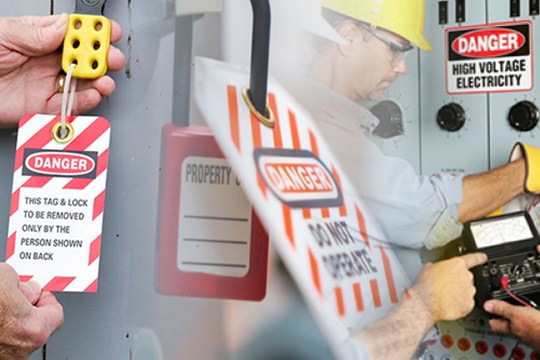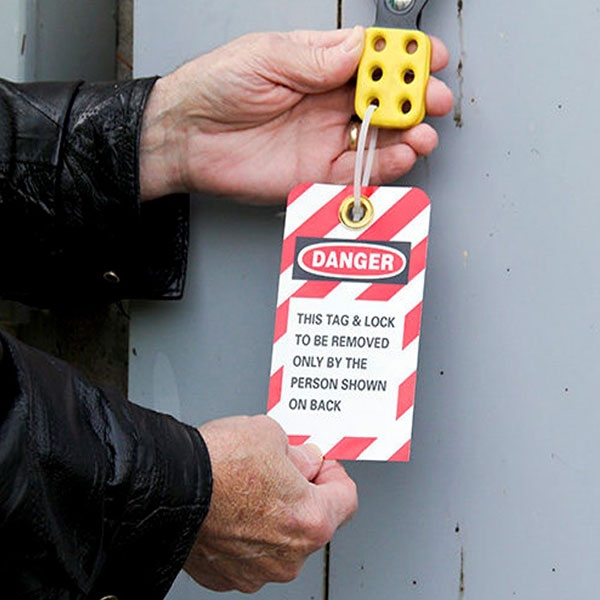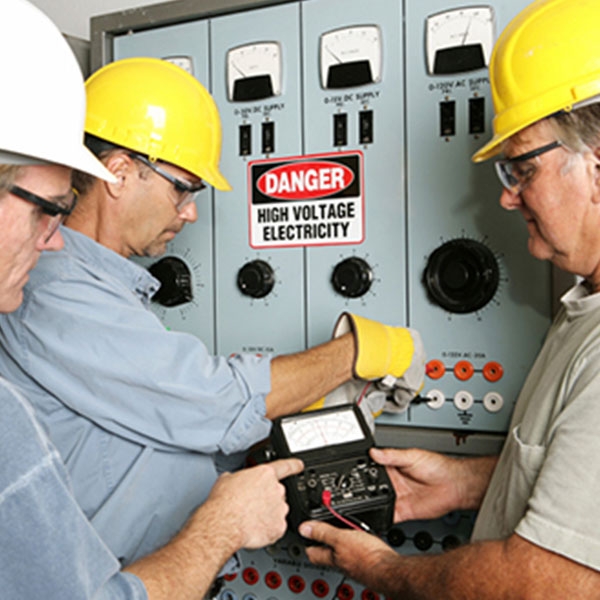
Lockout Tagout Training - 4 Steps to Safety
By John Heniff, Safety Writer, Magid
When machines and equipment need to be repaired or maintained, lockout tagout (LOTO) devices are a literal lifesaver for worker safety. But accounting for different workers, machines, and responsibilities in your facility or job site can make the number of topics you need to cover during a safety training complicated and time-consuming. You can simplify the process by including training topics that touch on the purposes of procedures and hazards during lockout tagout operations so your workers will know what to do if they encounter them on the job. Take a look at these four frequent topics that you can focus on in your next safety training and download our free Lockout Tagout Training Class!


111 WHAT IS LOCKOUT TAGOUT?
One of the most cited mistakes that leads to an OSHA violation for lockout tagout protocols is not providing general training to workers who fall outside the authorized or affected worker categories.
In addition to authorized and affected worker roles, create a training program for the rest of your employees so they can understand basic lockout tagout concepts. You can focus on topics such as:
- How lockout tagout devices work
- Why they are used
- Why workers should not use machines or equipment with lockout/tagout devices on them


222 HOW TO USE LOCKOUT TAGOUT DEVICES
Since many lockout devices can look like ordinary padlocks, workers may be tempted to use them for locking up cabinets or toolboxes. Similarly, they might use the wrong tagout device such as using an information tag rather than a “Do Not Operate” tag for maintenance or service work.
While these mistakes seem harmless to an average worker, highlight the importance of using only easily identifiable LOTO devices when needed. Your safety trainings should stress that lockout devices are designed for controlling energy sources during maintenance or service work only. Even though a lockout device can look like an ordinary padlock, the right LOTO devices allow workers to instantly recognize a potential hazard in LOTO situations. Another way to reiterate this is to provide lockout and tagout devices during training sessions and ask workers to assemble them in front of you and the rest of the team. Paired together, your people will know what their lockout and tagout devices will look like, how they work, and when to use them properly.


333 HOW TO RECOGNIZE DIFFERENT LOCKOUT TAGOUT SITUATIONS
To simplify protocols, some workers may mistakenly treat every machine or piece of equipment in their work area the same way, regardless of different energy sources. However, job sites have set protocols with different rules for each machine that are designed to keep workers safe in various situations. For example, if more than one authorized worker is working on a machine at the same time, a group lockout device is needed to incorporate all authorized workers’ lockout devices.
When covering your job site or facility’s written lockout tagout policy, emphasize to authorized employees that it is their responsibility to properly lock and maintain energy isolation during maintenance or service. Be sure to explain differences in lockout tagout rules and why they’re important. This includes using different locks and tags for different types of machines and energy sources as well as refraining from duplicating keys for a single lockout device.


444 HOW TO IDENTIFY & ISOLATE ALL ENERGY SOURCES
Even if only one source of energy controls the machine or equipment being serviced, certain machines or equipment can have separate circuits or contain built-up kinetic energy or gravity (such as freight on an escalating conveyor belt) that needs to be safely released.


Take your workers on a tour of their work environment after a training session or toolbox talk. Encourage them to point out sources of hazardous energy that they would need to lock out, tag out, and account for, such as electrical outlets, valves, and engines. Make sure to point out not so obvious examples of hazardous energy, too, like items suspended on a conveyor belt.




While this only scratches the surface of lockout tagout training topics, focusing on these tips during your safety training can help you make sure every authorized, affected, and nearby employee stays safe during maintenance and repair.
Download our FREE lockout tagout safety training presentation to add to your training library!







